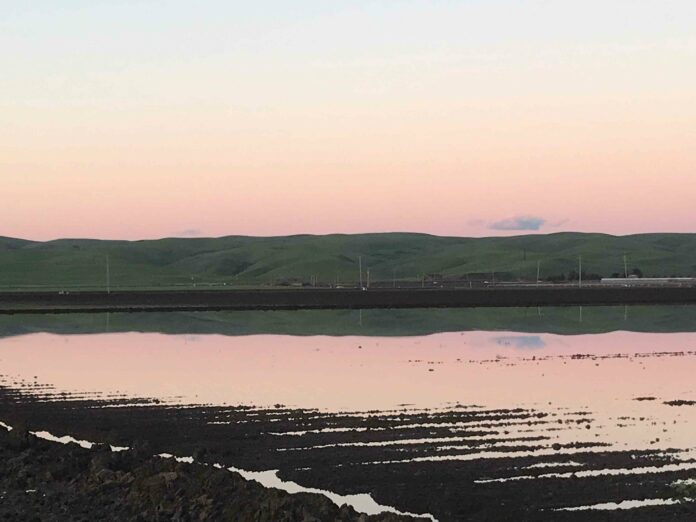The Hollister area has experienced above-average precipitation so far this rainy season. As of January, though, the groundwater basin still had not fully recovered from the most recent drought that ended in 2016.
A measurement station in the Hollister area has shown a total of nine inches of rain from October through Sunday, according to National Weather Service forecaster Steve Anderson. A separate station measured by the University of California Cooperative Extension has the San Benito County-Hollister area at 11.86 inches since the start of October.
Measurements can vary quite a bit in the area due to varying climates and elevations here.
But both figures are more than the 8.51 inches considered normal by this time of the rainy season, which runs October through March, Anderson said. The Hollister area averages about 13 inches per year.
“Things are looking good,” Anderson said.
Still, that doesn’t mean local residents should stop conserving water by any means, said Shawn Novack, program manager for the Water Resources Association of San Benito County. Novack on Friday said he had just looked at the county’s most recent groundwater report approved in January.
“It still shows our groundwater basin hasn’t recovered from that drought,” Novack said.
The stunted recovery is due to the severity of the drought that lasted from 2011 to 2016, when San Benito County and the rest of California were drenched by an historically rainy stretch resulting in 22 inches for that season.
The groundwater basin is particularly important because that’s the primary local supply of water during times of drought, and there’s always another one around the corner.
Novack said local residents are also conserving less than during the drought, when people here reduced the area’s overall consumption by 30 percent.
“We can see it’s starting to gradually rise up again when the drought has receded from people’s memories,” Novack said.
He said new homes don’t play a major factor because they use such efficient water fixtures. Overall, he said the county is using about 10 percent less water than pre-2013 when the drought began.
“I’m happy we have this rain,” Novack said, “but conservation’s a way of life even in the best of times.”
Novack said the state has gradually increased its water allocations to the county with more precipitation in recent years. He said the water district expects a 75 percent allocation for municipal and industrial users, and a 50 percent allocation for agriculture this year. Compare that with 0 percent for ag and 25 percent for municipal and industrial during the drought, he said.
There are other positive signs going forward as well.
“The good thing is, I’m hearing there is really good snowpack in the Sierras,” Novack said, noting how the state gets about 30 percent of its water supply from that area.




